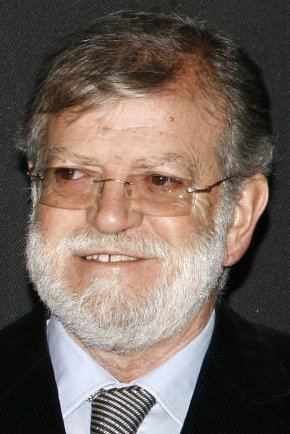26 May 1991 1995 → Turnout 583,172 (71.0%)
3.4 pp 1990 1983 | Registered 821,191 1.6% 20 December 1982 1990 34 seats, 49.2% 17 seats, 25.4% | |
 | ||
The 1991 Extremaduran parliamentary election was held on Sunday, 26 May 1991, to elect the 3rd Assembly of Extremadura, the unicameral regional legislature of the Spanish autonomous community of Extremadura. All 65 seats in the Assembly were up for election. The election was held simultaneously with regional elections in 12 other autonomous communities and local elections all throughout Spain.
The Spanish Socialist Workers' Party (PSOE) won the largest absolute majority a party would achieve in a regional election in the history of Extremadura, with 39 out of 65 seats (60% of the seats) and slightly above 54% of the vote share. The newly founded People's Party, successor of the late People's Alliance, recovered from AP 1987 results and gained two seats. The Democratic and Social Centre lost seats and votes, falling behind United Left (IU), which gained support and finished in third place for the first time in a regional election. Meanwhile, the regionalist United Extremadura (EU) lost more than half its support and was left out from the Assembly, losing all its seats.
As a result of the election, Juan Carlos Rodríguez Ibarra was elected for a third consecutive term in office.
Electoral system
The number of seats in the Extremaduran Assembly was set to a fixed-number of 65. All Assembly members were elected in 2 multi-member districts, corresponding to Extremadura's two provinces, using the D'Hondt method and a closed-list proportional representation system. Each district was entitled to an initial minimum of 20 seats, with the remaining 25 seats allocated among the two provinces in proportion to their populations. For the 1991 election, seats were distributed as follows: Badajoz (35) and Cáceres (30).
Voting was on the basis of universal suffrage in a secret ballot. Only lists polling above 5% of valid votes in each district (which include blank ballots—for none of the above) were entitled to enter the seat distribution. Alternatively, however, if a party did not reach the 5% threshold in a district, it could enter the seat distribution on the following conditions:
